Art + Psychology Link Love
Your weekly digest of a niche of this astounding Substack writing community and some elaboration, connections, and hopefully community-building
See this post if you aren’t sure what this roundup is all about.
Reminder: I draw connections between what the writers are sharing and my understanding of how that relates to art + mental health but this doesn’t mean that the original writer intended that or agrees with it in full or part … I always encourage you to go read the full pieces whose snippets capture your attention here to find out what the writer’s piece intends and offers.
These posts require time and energy. Writers should be paid for that effort. Please subscribe if you can. I offer a Sliding Scale Pay What You Can rate starting at $10/ year.
Grounding Us Before We Begin
This week I’m inspired to begin with these words from
of in Wholesomely productive knitting practice:‘To me, a wholesome productive pursuit is one in which the maker is given time and space for slowing down, taking enough breaks, building relationships, enjoying the process of making, ethically sourcing materials, being compensated for their work, and being allowed to truly thrive.”
From the past week or so then …
Psychology and Creative Process
Loved this from of in Messy, organizational tools, 1 of 6
“The front end of any project is messy. Thinking is messy with starts and stops, this and thats, rabbit holes and false starts. We need the freedom to be messy as we begin, to mess around with possibilities before we settle into the bee line.”
And it seems directly related to this from Dreamy but Disconnected by of :
“Keep it raggedy,” José González said the other night in this month’s Create+Engage session. He was speaking about how we show up in group settings, how we present, and what questions we ask—that we have a tendency to want to have some perfect, polished version, and that stops us from participating. That polished version is not where the good stuff lies. It’s in the not knowing, the unfinished, the unvarnished. That’s how we learn, that’s how we connect. That’s how we stay curious. It’s our ongoing, raggedy process.”
And I wonder …
I also really loved Printing seasonally by of
because it offers such a peaceful, positive look at the creative process:
“I can lose whole days when I am printing in my studio and I am not sure I would have it any other way. I find printing totally immersive and it takes me to a new, calm space.” …
“Printing with the seasons means that mother nature is in charge, not me and I love that. I notice, and can therefore capture, even the smallest seasonal moment. My seasonal art practice as a whole keeps me very grounded and connected to the natural world and as my basket of ‘gatherings’ look back at me I can feel the excitement building.” …
“I am never disappointed with any of my prints. If they are really good they may just stay as prints. If they are pretty good they will usually become book covers and if they have some appeal but are not widely exciting they become book pages or collage fodder. They all find their place. I could go out gathering the very next week and my prints would be very different and that, in itself, is joyful.”
Do go look at the prints in the original post. Beautiful. And you can learn more abut Fiona’s process as well.
RELATED: From Strangling My Art with Neglect by of
“Much like my garden, tending to my creative life requires regular attention and mindful care. It’s about striking a balance between nurturing growth and pruning away what no longer serves. And sometimes, it means making the tough decision to let certain things go so that others can flourish.”
Psychology and Creative Medium
of shared Travel Sketchbook: Japan Edition
and I loved seeing the different approaches used along with this description:
“I collaged a lot in my travel sketchbook this time, a practice I first started last summer in New Mexico with friends. Collaging really speaks to my ephemera-loving heart that also wants to get rid of clutter. Cut out the best bits of all the brochures, receipts, and packaging you collect, arrange in a fun way, then toss the rest with peace of mind!”
Psychology and Creative Productivity/Flow
of shared a review of a 100-day freeform leaf project
with insights into how creating structure in the form of projects like this can be useful creatively.
“There’s something about doing a 100 Day Project that really keeps me engaged and focused. Realistically, I am in charge of what I’m knitting and crocheting, of course, but participating in the Project somehow gives me permission and space to fully immerse myself in a particular topic or technique. It feels good to be in that mode, so I’m considering doing some sort of short term version of the Project on my own. It might not be the same without the big group energy and the hashtags, and that’s ok, but will it allow for the same focus that I’ve felt in the big 100DPs.”
Her yarn-y leaves are gorgeous so go have a look.
Psychology and Artistic Identity
of wrote about Imposter Syndrome:
and the process of trying to give yourself grace around it …
“It’s easy to get focussed on the terror of being seen too much when sharing online - especially when sharing creative work which can reveal our flaws and insecurities without us even realising - and in that focus losing sight of the more important truth. It’s impossible to have an objective opinion of ones self and ones work. I might disagree with the ridiculously kind things those in my orbit have to say; I might call them biased, I might think they are entitled to an opinion even if it’s “wrong”. But my own opinion and my ever rampant impostor syndrome is equally, if not more, biased and flawed. I need to give myself the grace and the support I give those around me, and I need to learn to accept those words as, maybe not as truth, but as well meant and offered in a spirit of encouragement.”
The whole post also made me think of the saying, which might be over-used right now but still feels so poignant to me, “don’t compare your insides to other people’s outsides.”
RELATED: of in Calling Myself All The Names
shares a useful exercise for dealing with your inner critic …
“One day, post-ADHD discovery, I found myself addressing a part of me as ‘Addy’. The details of the circumstances escape me but it was the all too familiar scenario of thinking of a task I needed to do, getting distracted from it to do something else, getting distracted again by another thing, and then later realising I hadn’t done the first thing and being exasperated with myself for the distraction loop-de-loop.
I caught myself before my inner critic could lambast me. I heard myself saying, “Okay, Addy, you got distracted, it’s okay, it happens, let’s just do it now”. That stopped me in my tracks as I realised I had just named my ADHD brain ‘Addy’ (not very imaginative, I know) and instinctively given it compassion and reassurance, instead of criticism.”
of in Showing Up for The Small Stuff
ponders whether a writer who is not writing a novel is still a writer … and of course she is but it’s something we often come back to again and again isn’t it?
“What if my creative self needs more variety? What if I don’t want to write another novel? Am I still a writer?
Is it possible that, in this in-between time, I’m happiest when I’m creative for the sake of it? When I’m taking photos of wildflowers and writing about nature? When I’m learning to sew a drawstring bag? When I’m learning to paint with watercolours? When I’m drawing a mandala? Creating a piece of blackout poetry? When I’m writing about the everyday wonders, the extraordinary ordinary?”
Psychology and Creative Business
of in The Treehouse of Adulthood noted:
“My time at the university was as a nice buffer from the real world, a time where I could build my artistic skills without needing to rely on them for financial support. I spent a lot of time doodling in lecture halls. Cartooning was a release from the constant crunch of studying for exams.”
I love a world that celebrates time for doodling. Of course, make sure to check out Grant’s post for the images that are central to their Substack.
of wrote Should I orient my Substack towards art or growth?
which is about having the kind of approach to work that makes you prone to chasing the goals and getting the gold stars without actually asking yourself if those are your goals or the stars you even want and how difficult it is to escape this and what to do about it as a creative. And this …
“Let’s imagine I turn back to deep writing only. I will publish only occasionally, maybe once a month. I will not have enough writing to support a paid offering, and I will lose the little orange check mark by my name. *A shiver of fear runs down her spine.* I can only guess that my limited Substack activity and lack of paid offering will cause my newsletter to be far less widely circulated, which is the primary way I find new readers. *She shudders.* Perhaps my newsletter will…*gasp*…no longer grow at all. I would be breaking all the known rules of the game.”
How Art Heals
I loved both of these which are about entirely different things but also the same thing:
From of in The one thing I’d tell anyone who wants to sell their art
“For the first couple of years I thought I was in the art-business. But I’m not.
I’m in the well-being business. I make my art for me and you to feel better.”
From of in A future for all
“Creating art is work, like every other act of love and generosity. It is a passion and a labour. When art is created for the purpose of shifting narratives rather than bulking up someone’s portfolio or profit margin it becomes a vehicle. It becomes a living entity capable of changing ideas. When we combine our creative life forces, we become a powerful movement. Let us work hard for love.”
The Power of Experiencing Art
of shared 7 musical books
which is a selection of seven books about music and musicians and I’ve added nearly every one to my own TBR shelf. Music is so powerful.
begins Finding The Light with …
“I’m a ritualistic, superstitious reader: beginning a new book is a clean slate.
Typically I start reading a new book when there is sun. Morning sun is different than evening sun. If I begin a book in the morning, it becomes a “morning book”. An evening book too, is different than a night book. How the sun hits the page matters. The designations are important. The reading experience is influenced by a myriad of exterior forces. For me, the big one is light.”
Although I don’t always practice it, I believe in the power of attending to the senses in all that we do, creating sacred space in small ways through attention to light and scent and touch.
of in Camille Pissarro - The Boulevard Montmartre
shares how an artist’s career and works can inspire us …
“Whether in sunshine, smog, or storm - and from the height of spring, to the depths of winter - Pissarro manages to make us feel as if we are right there with him, looking out at all the hustle and bustle of this fashionable city street below us.
And perhaps his work here is made more impressive when we consider that, for most of his career, Pissarro had actually been much more interested in painting the rural landscape or the natural world instead.
So, to turn his hand back again so effortlessly to the urban environment - and to still paint with such incredible powers of observation, at a time when his chronic eye infection and generally fragile health often meant he could no longer paint in the outdoors as he used to - is really quite inspiring.”
What I Wrote This Week:
If you read this far, please remember that these posts require time and energy.

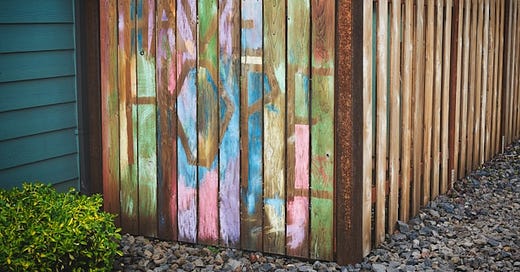




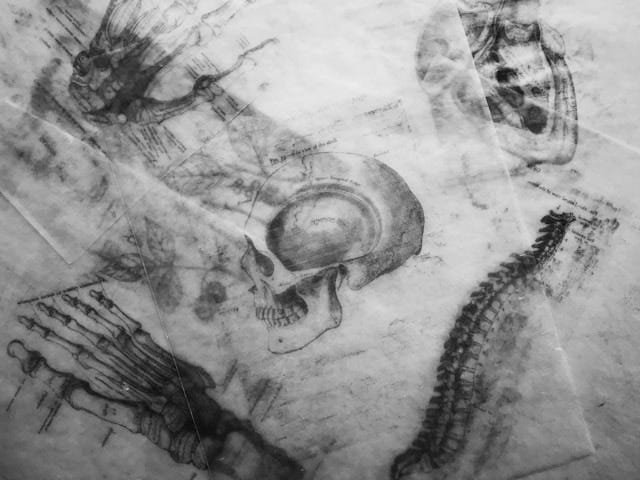

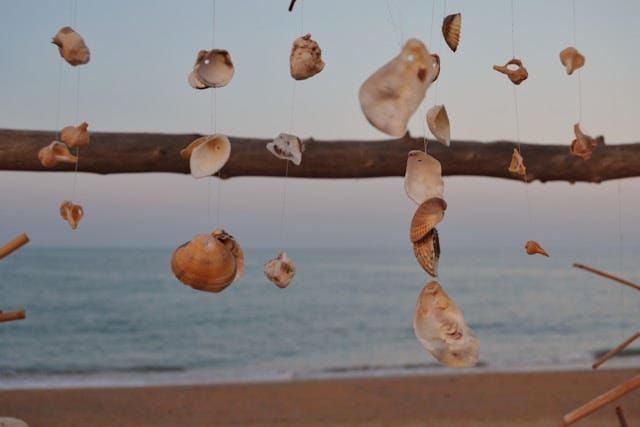
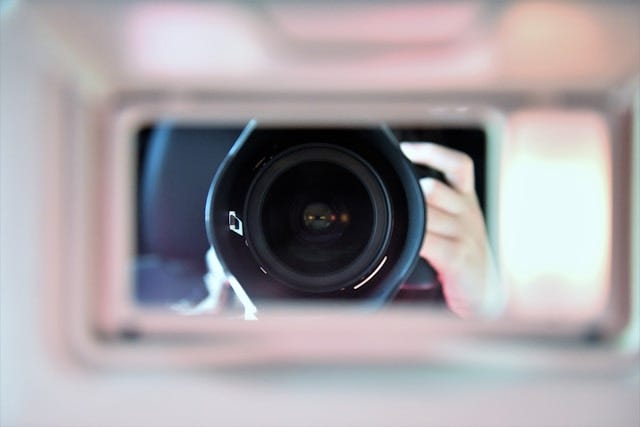

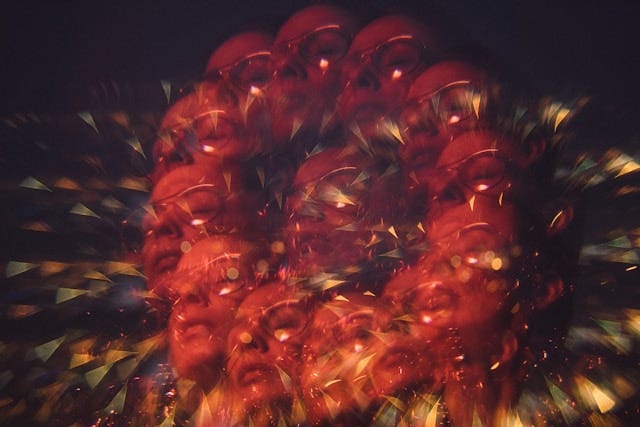
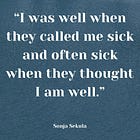

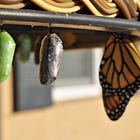

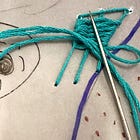
I love this post, Kathryn. A great one to return to whenever I lose track of my creative self. Thank you for all you are doing :)
Thanks for sharing my post, Kathryn!